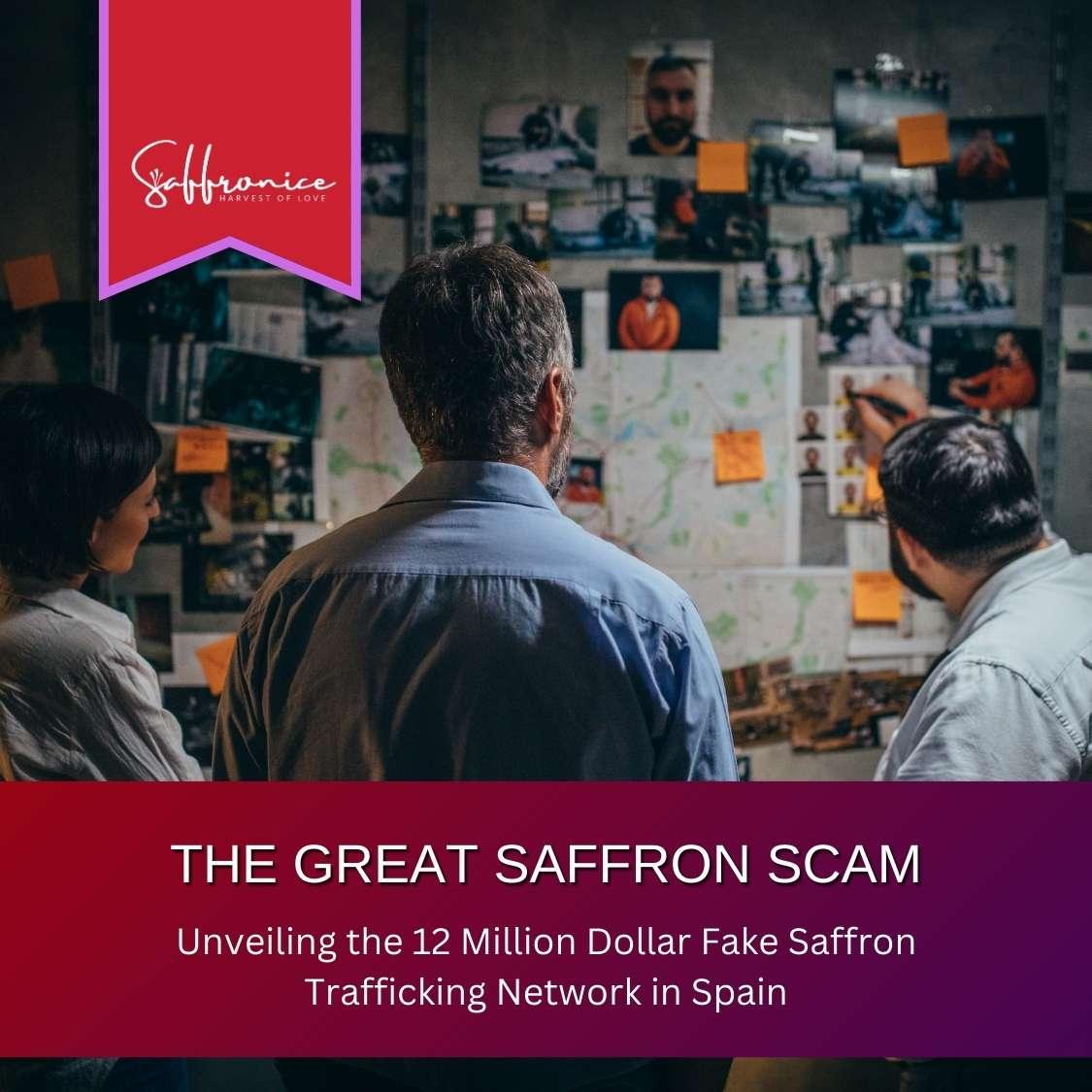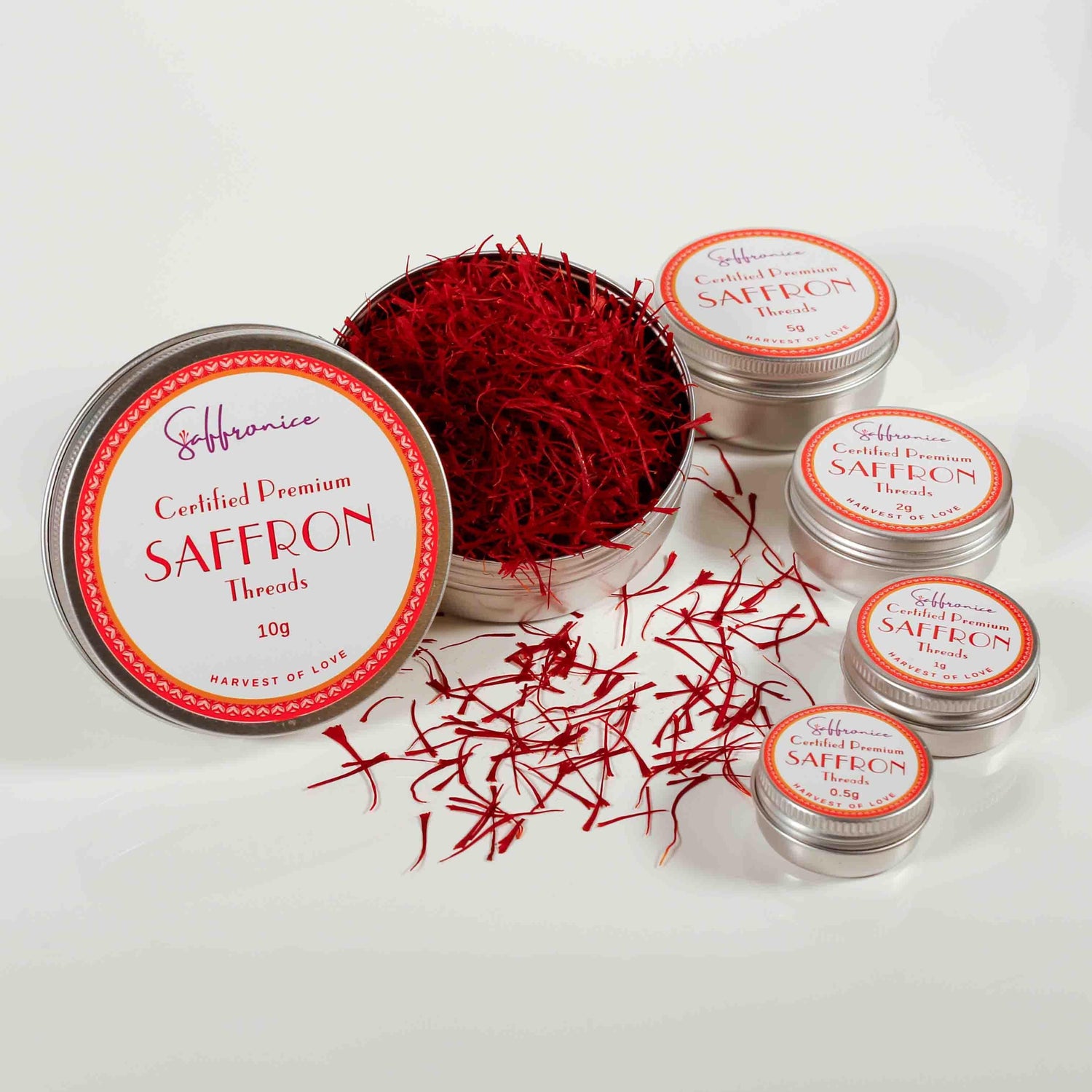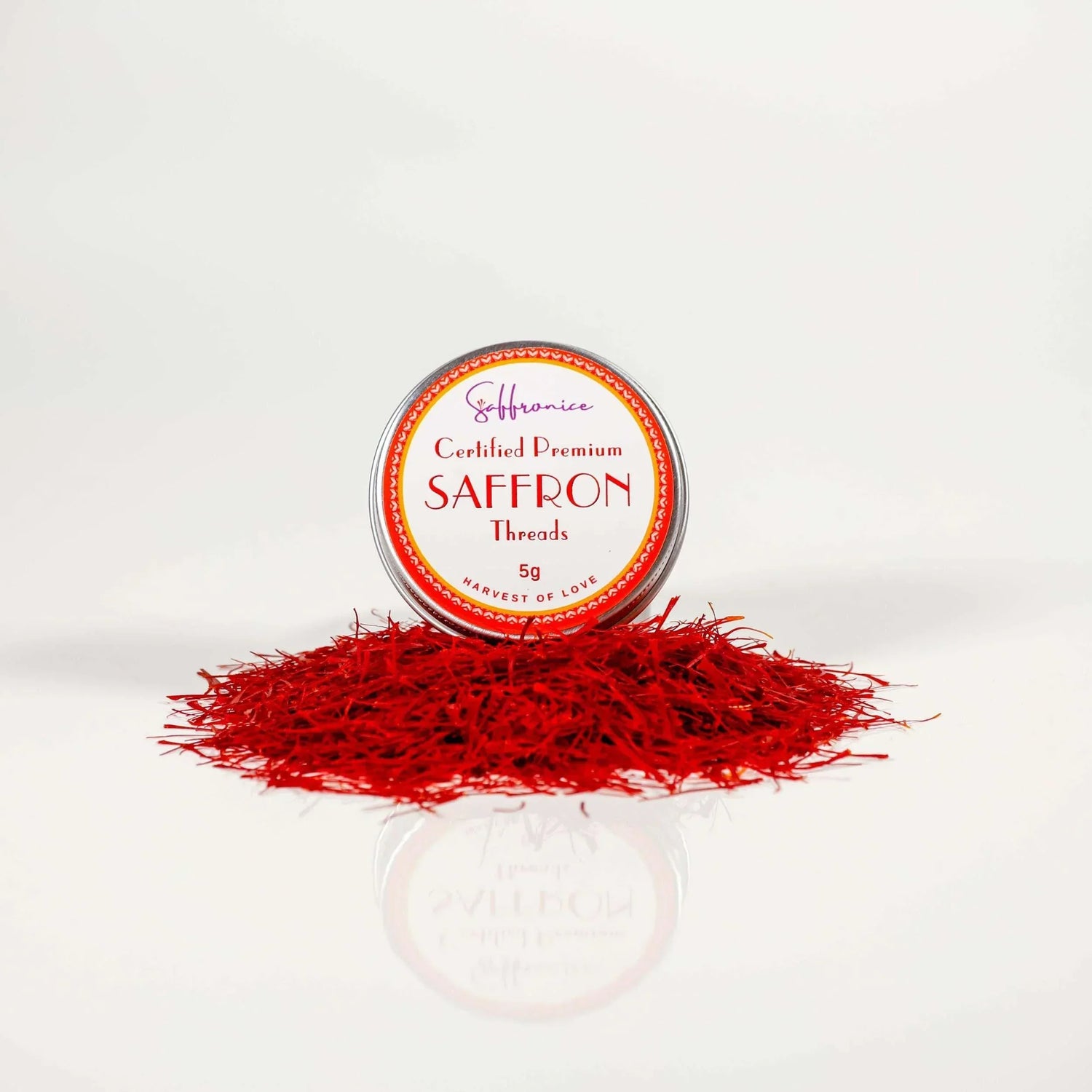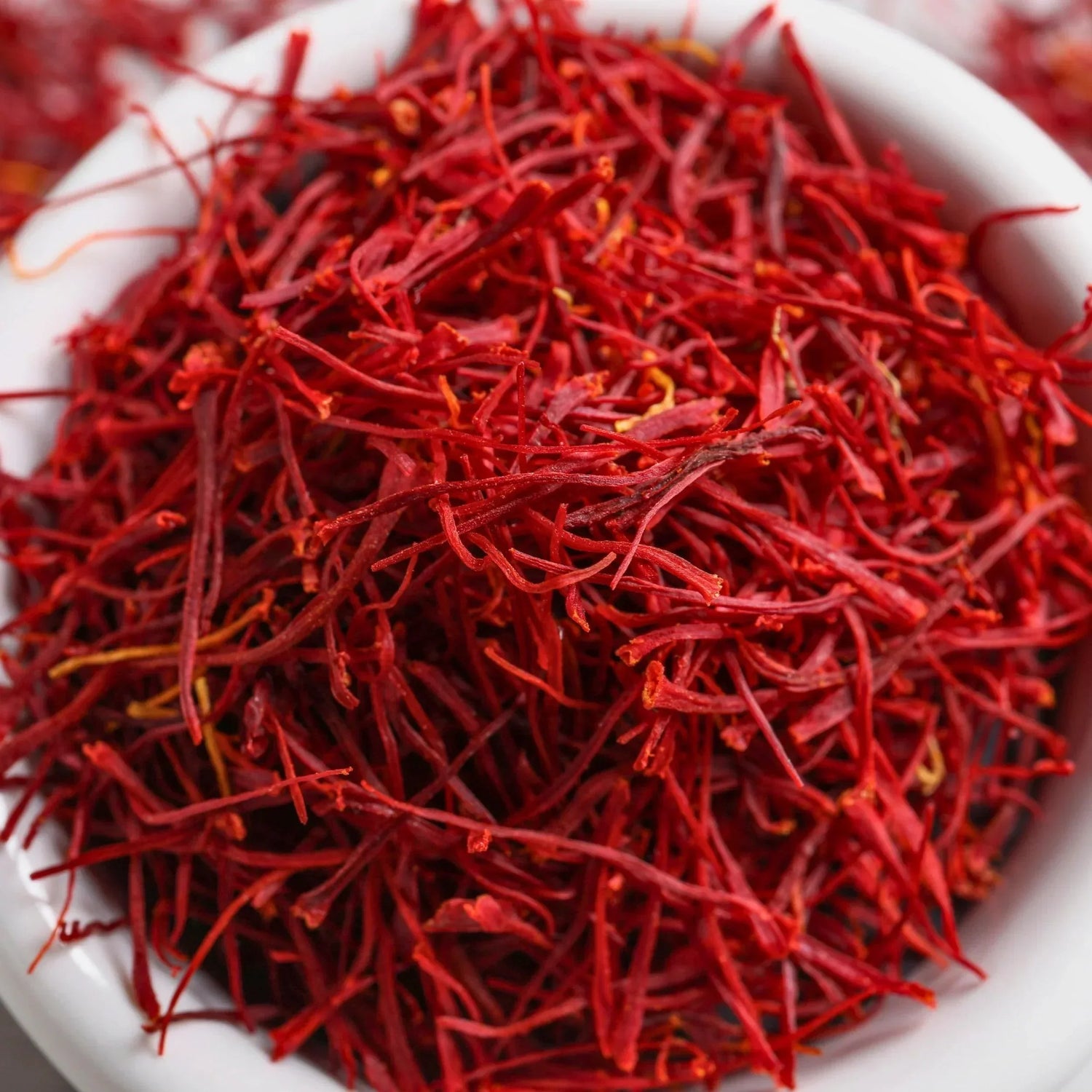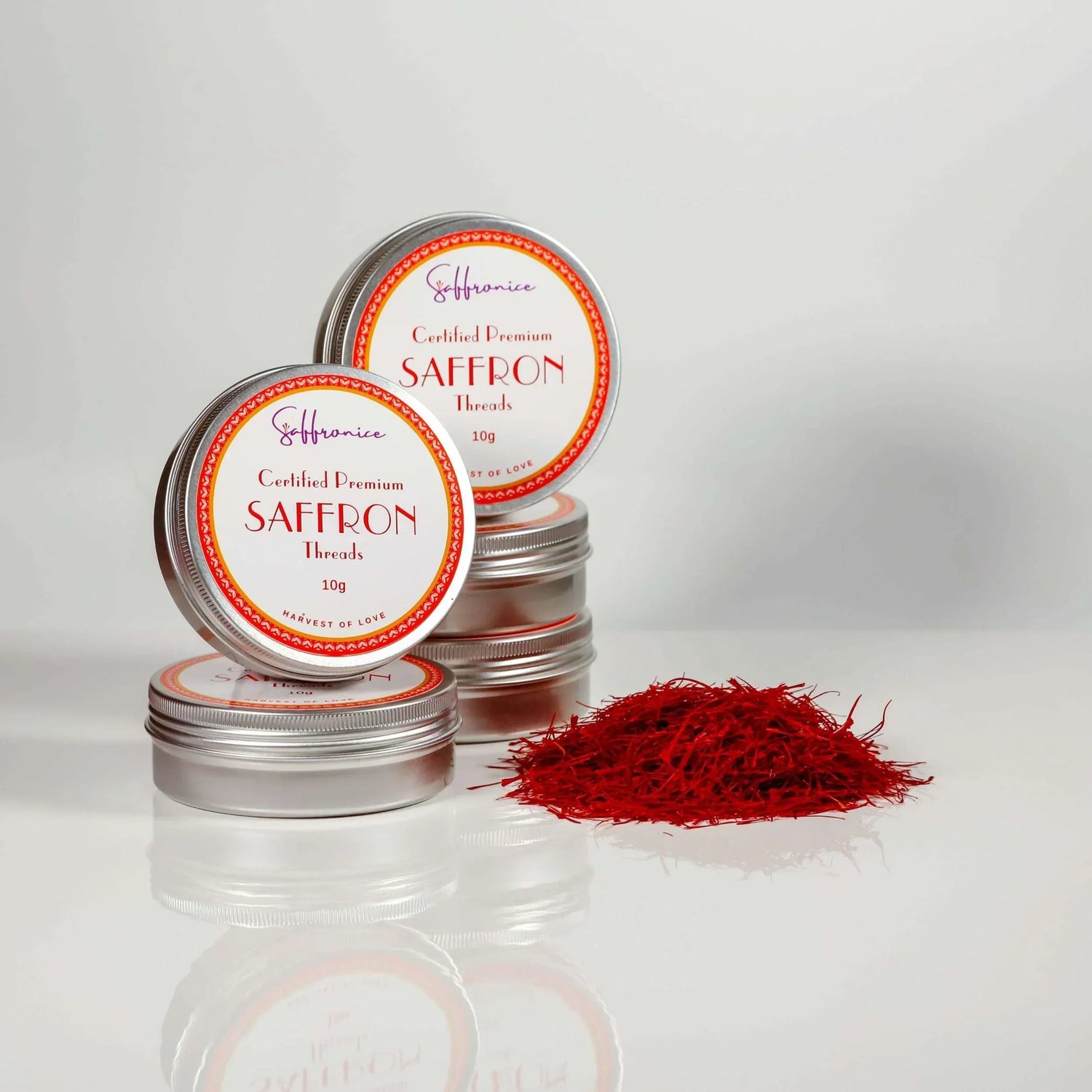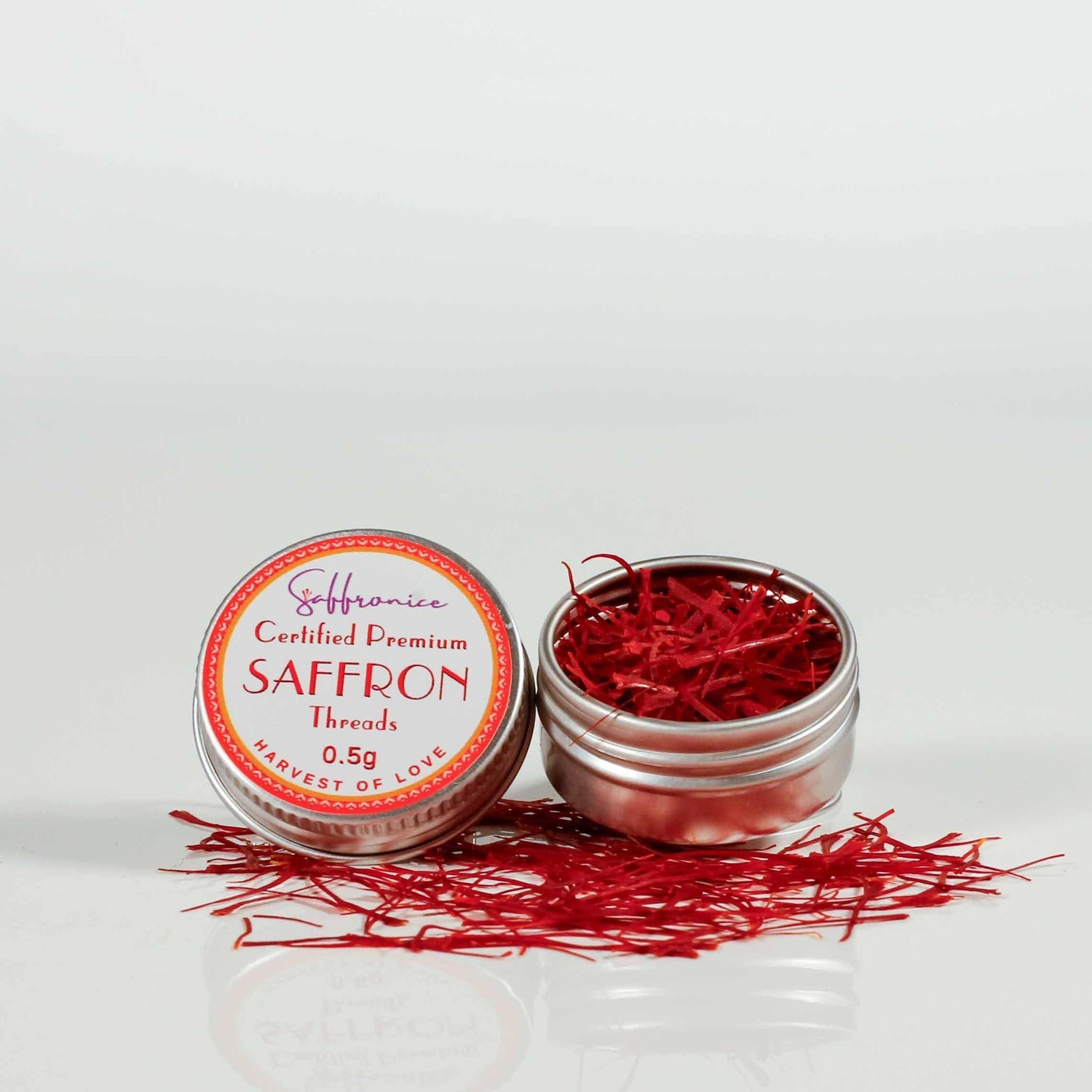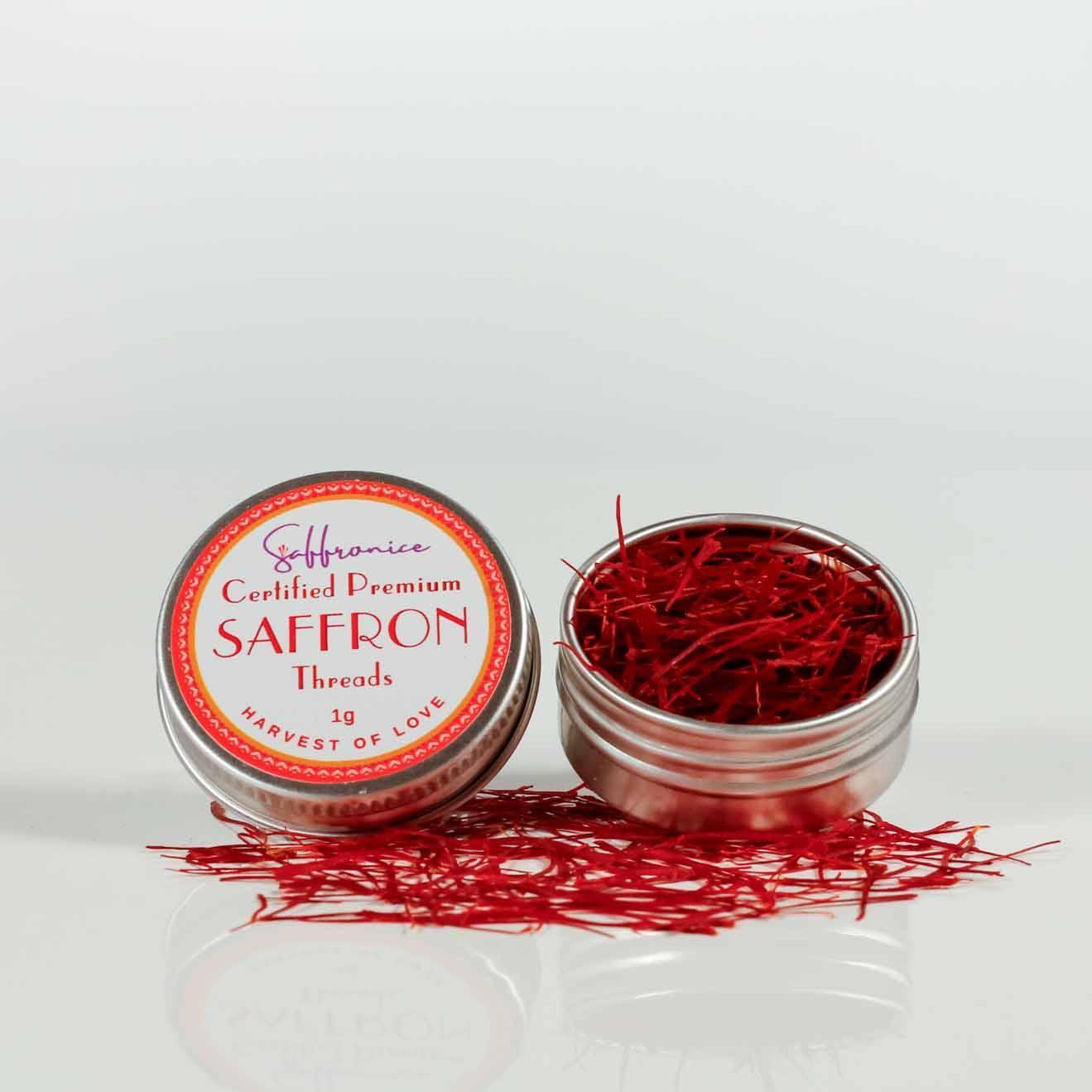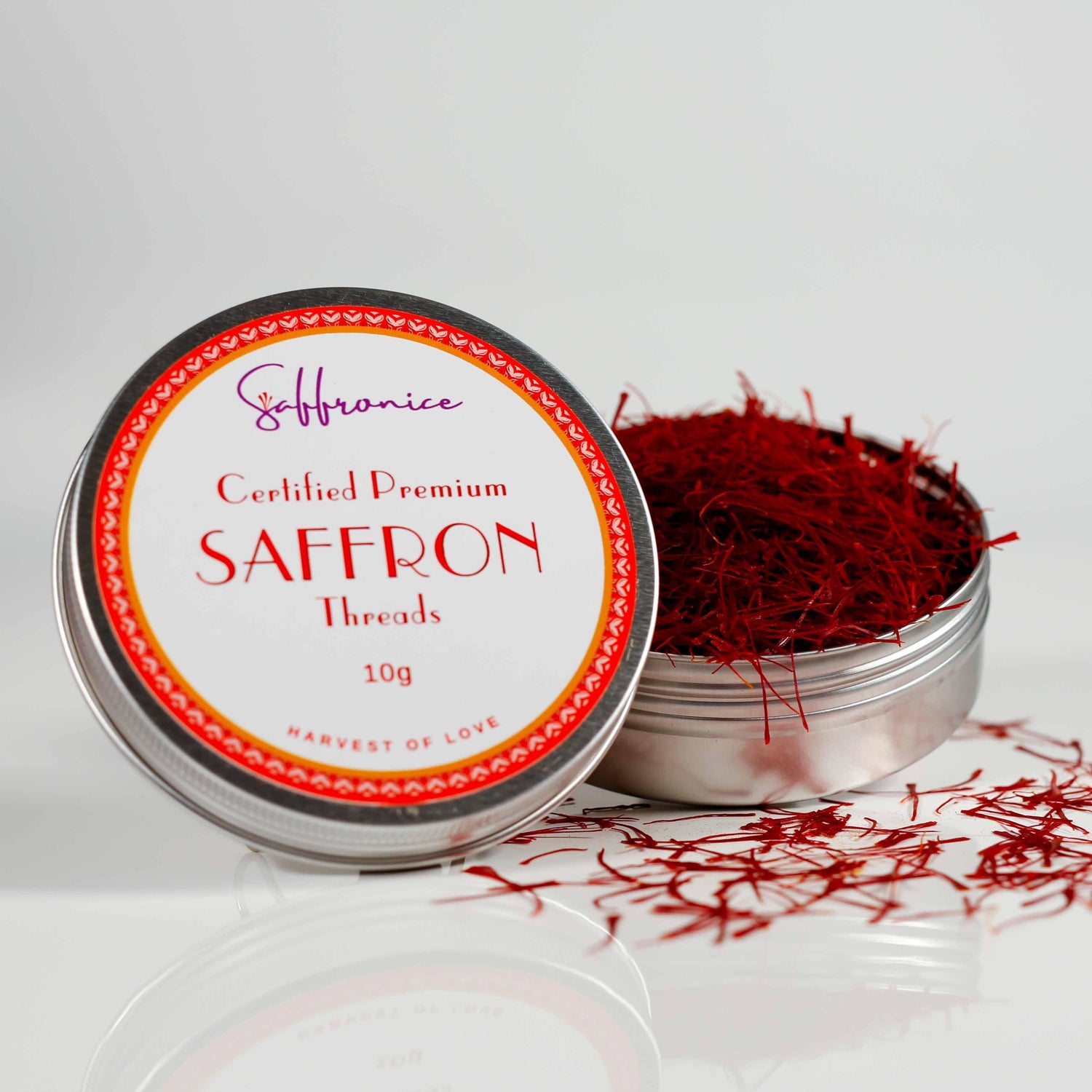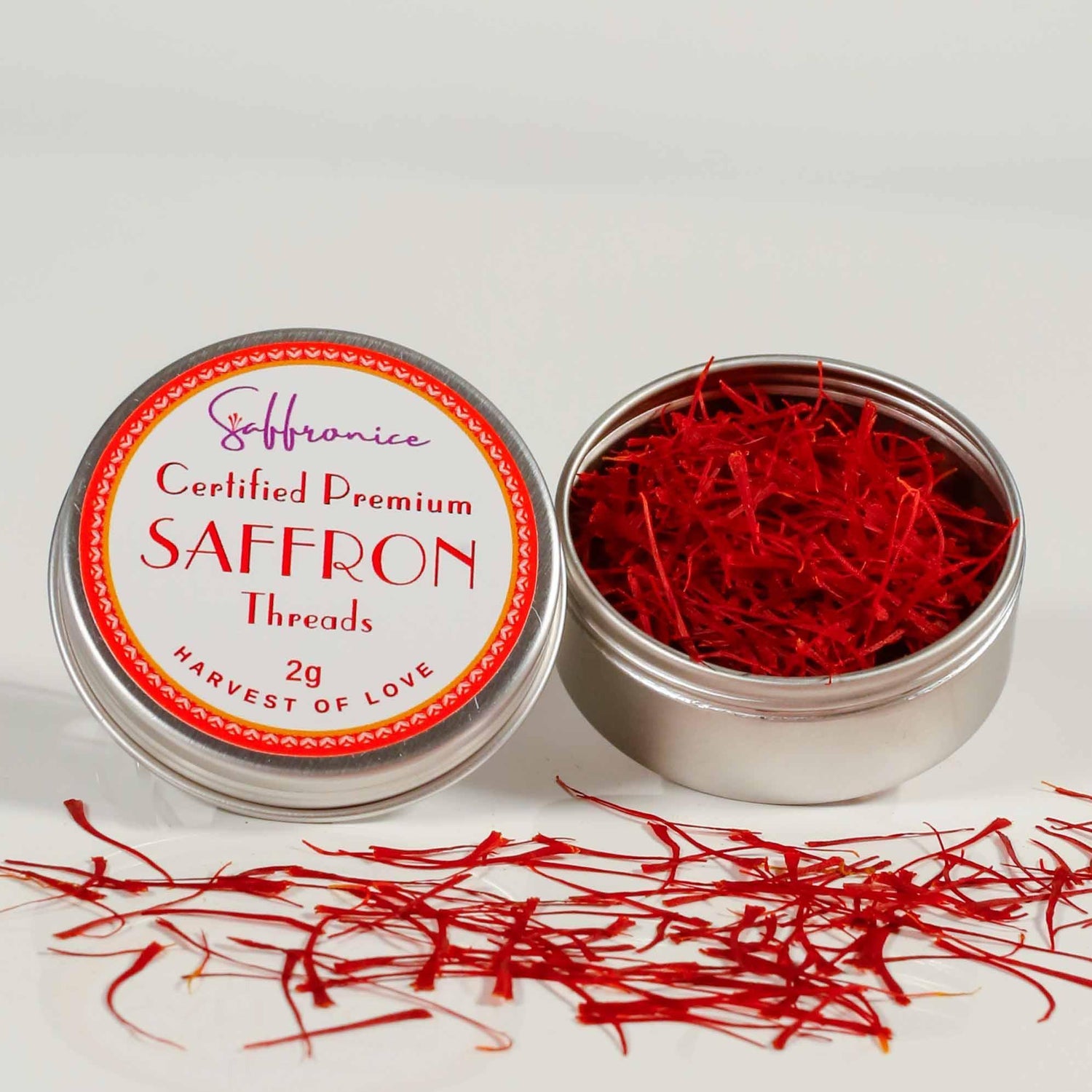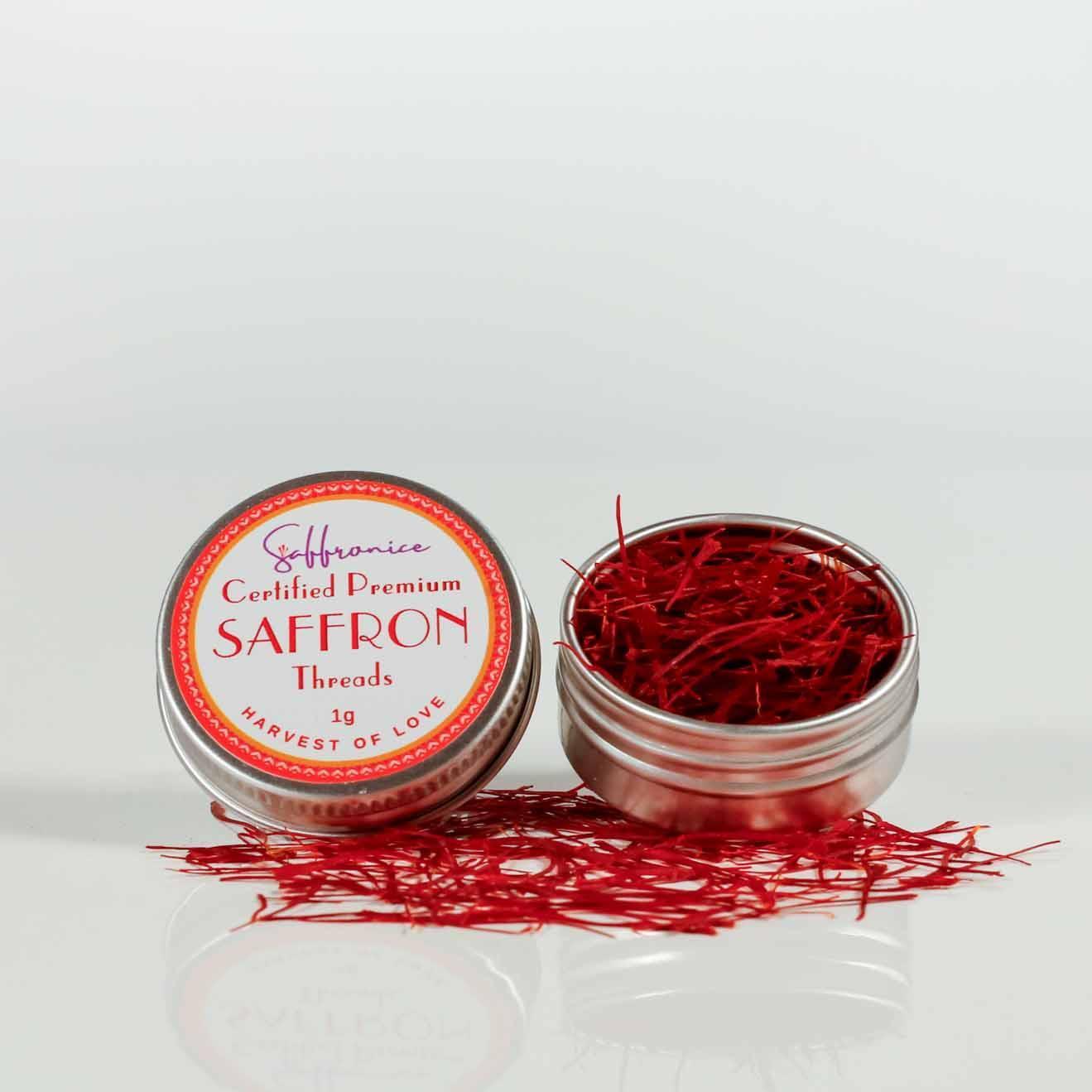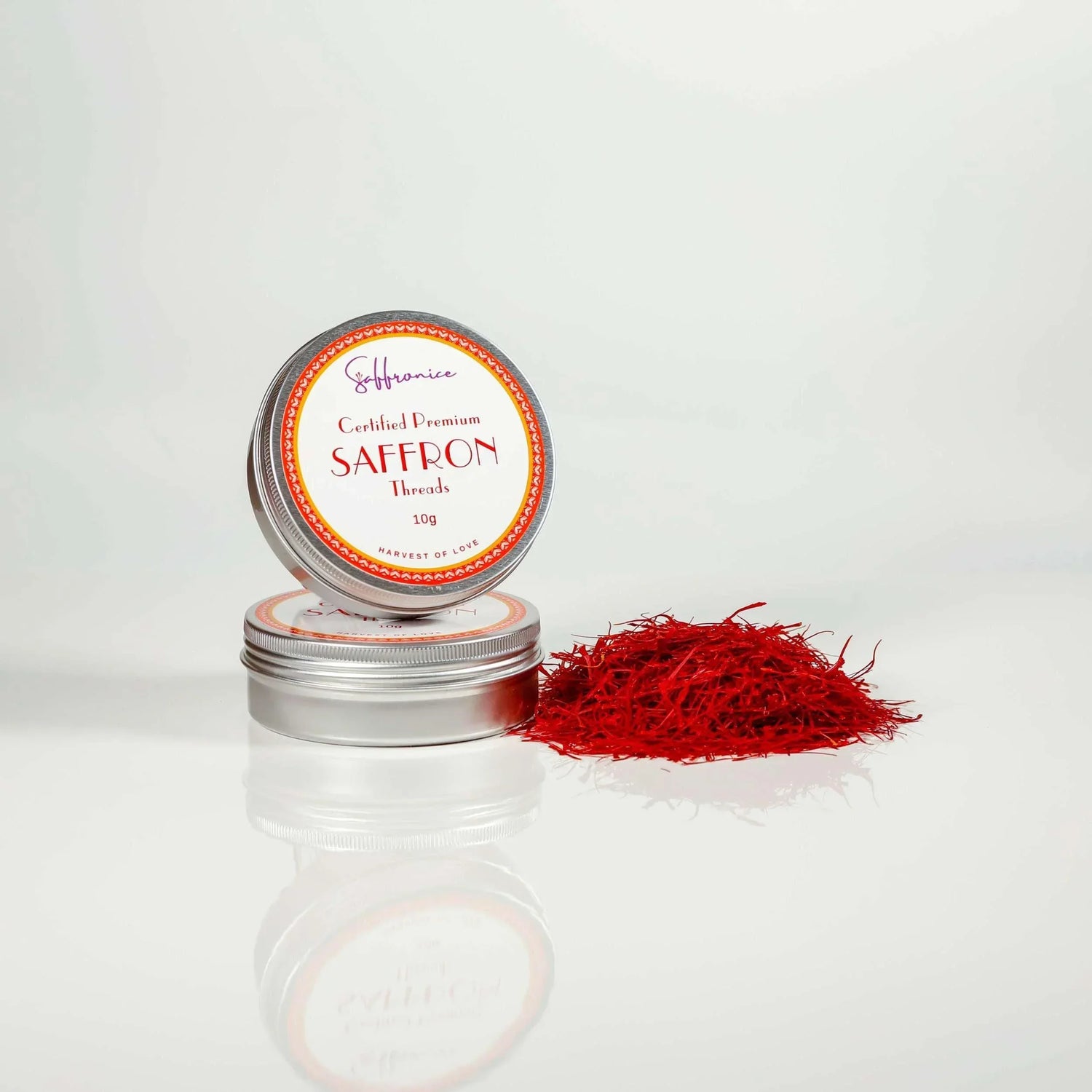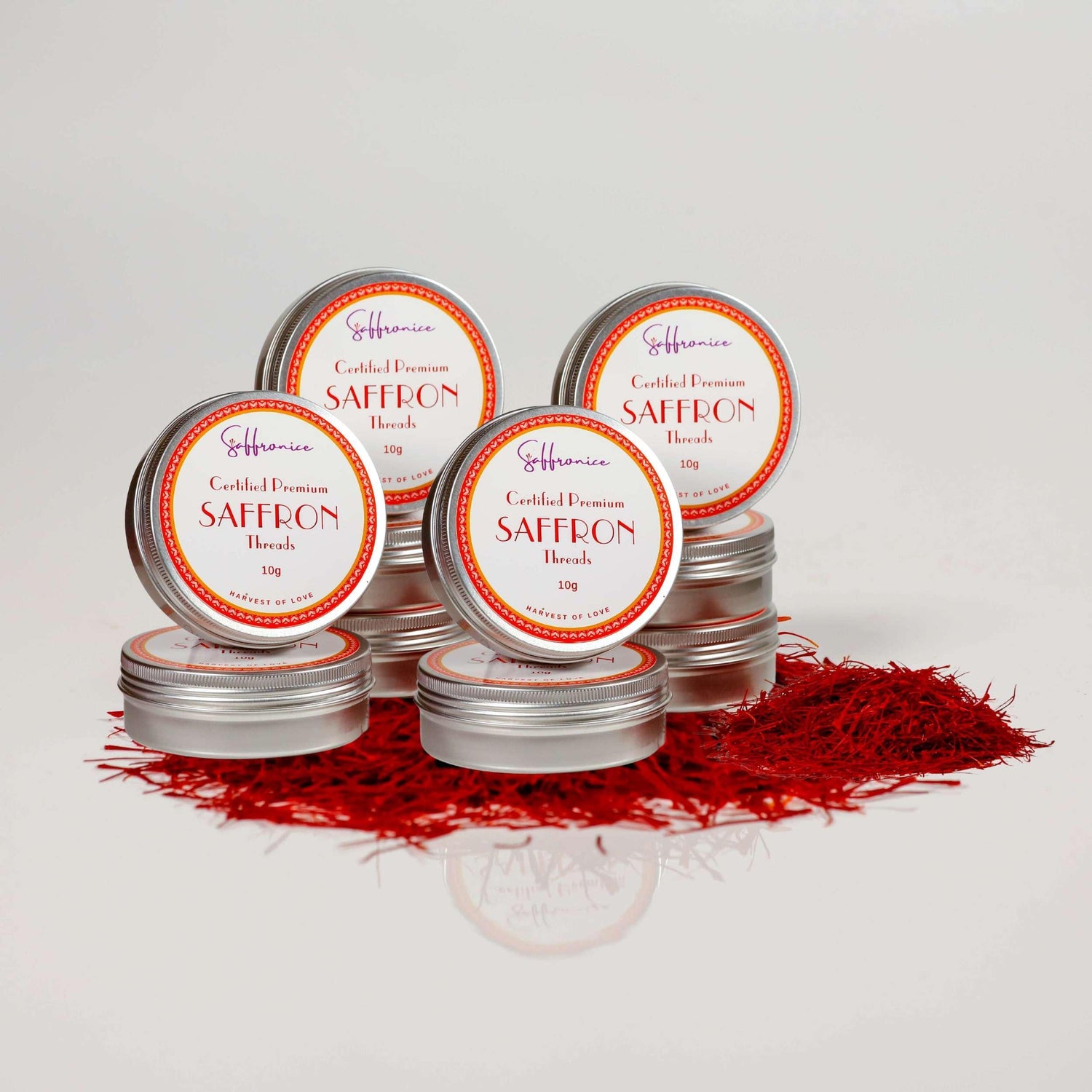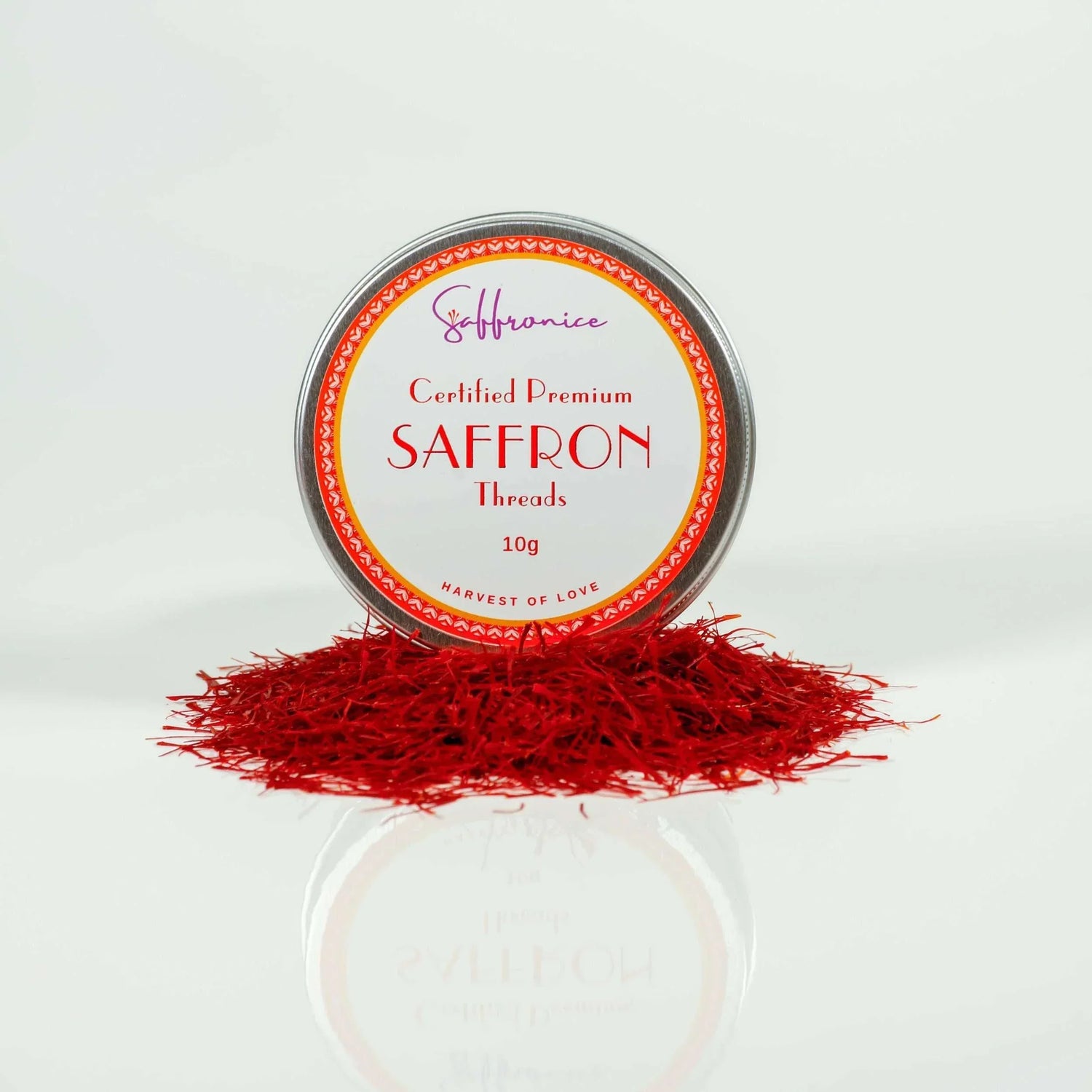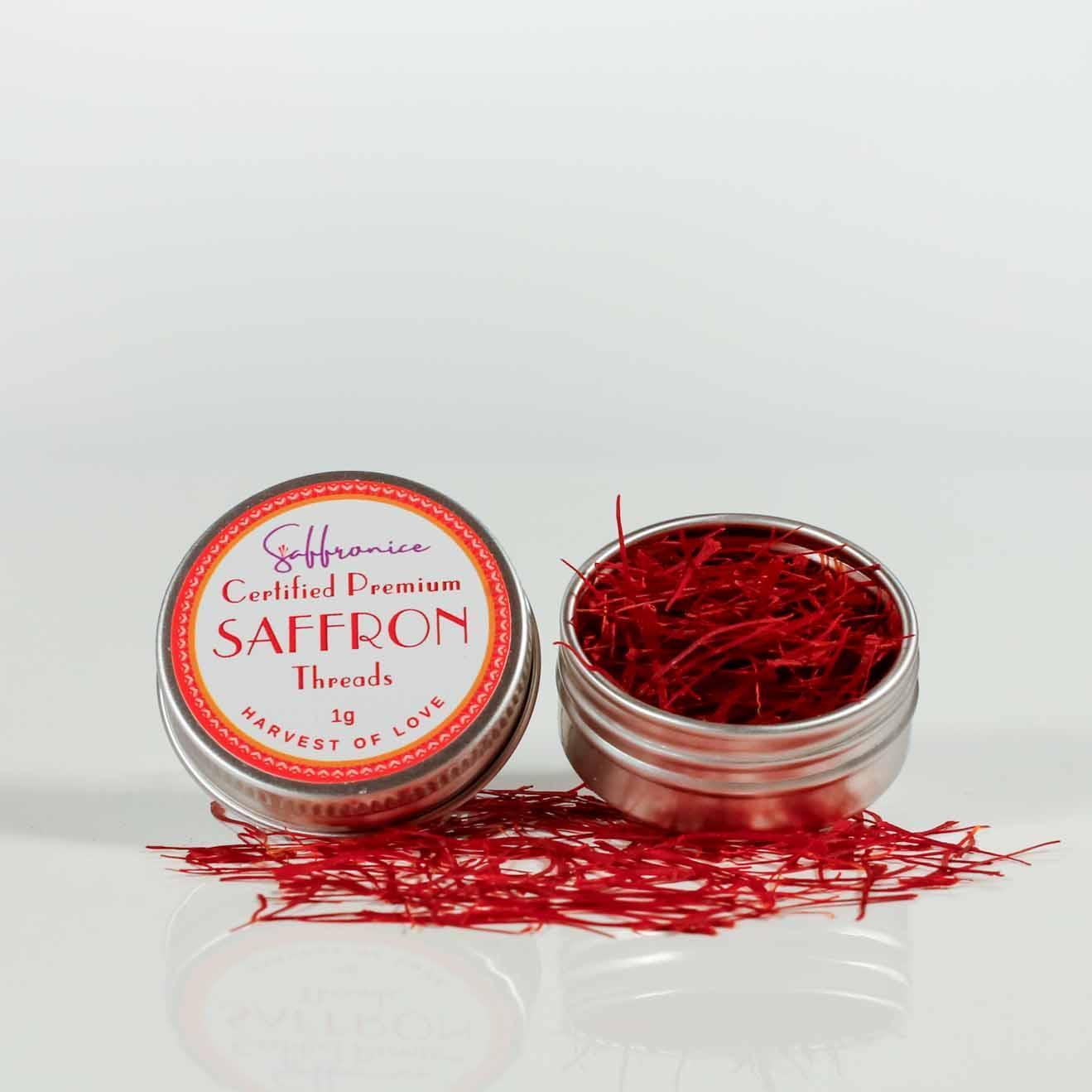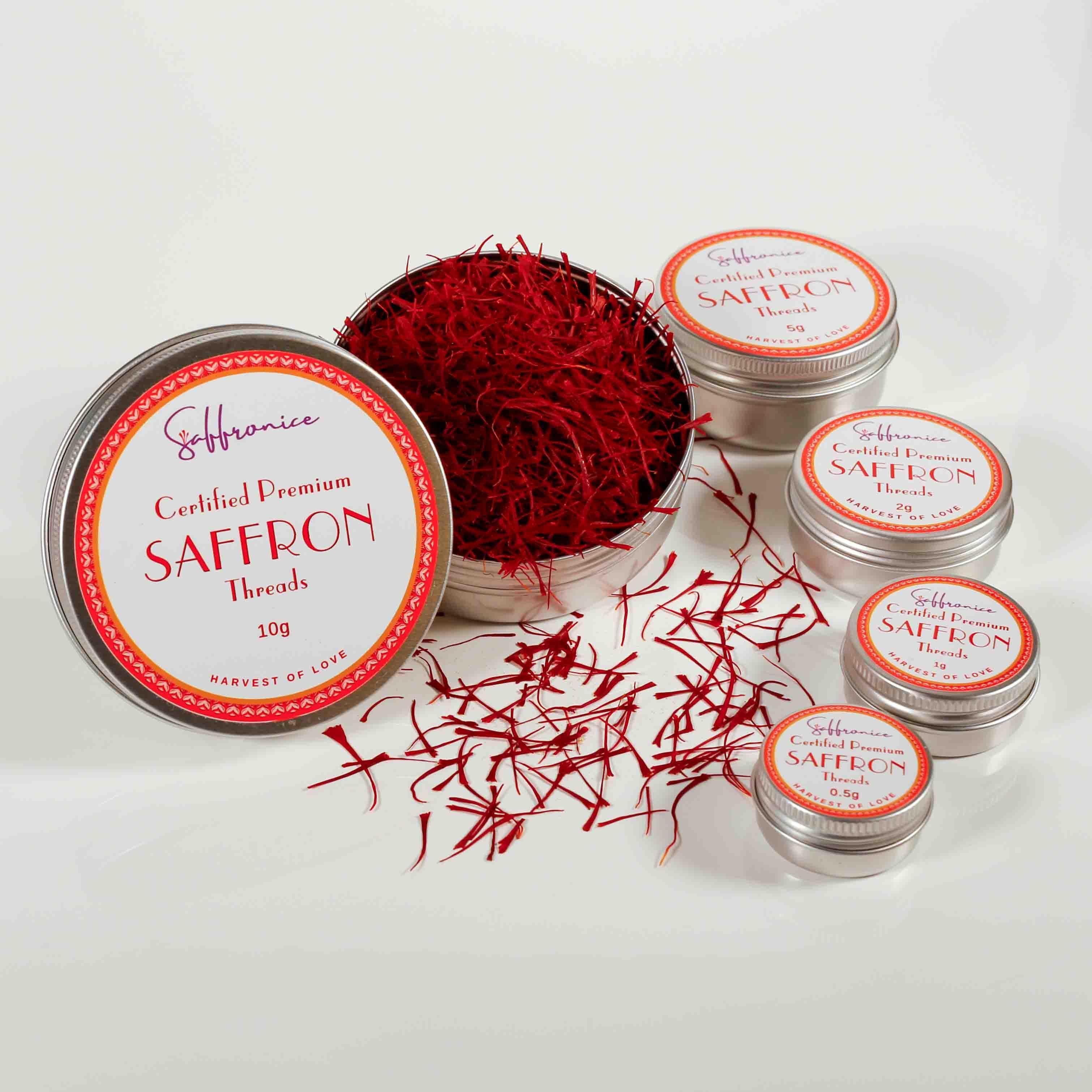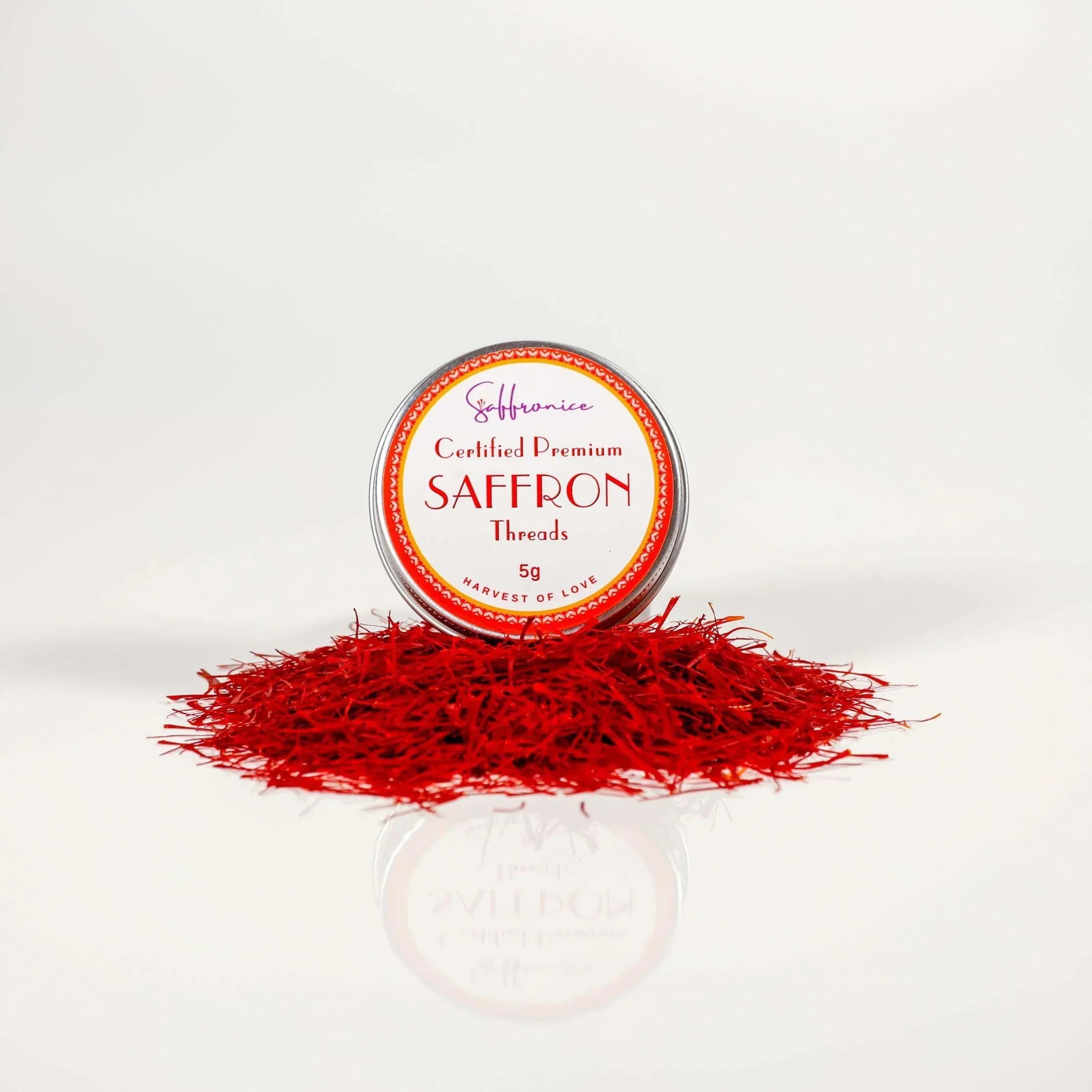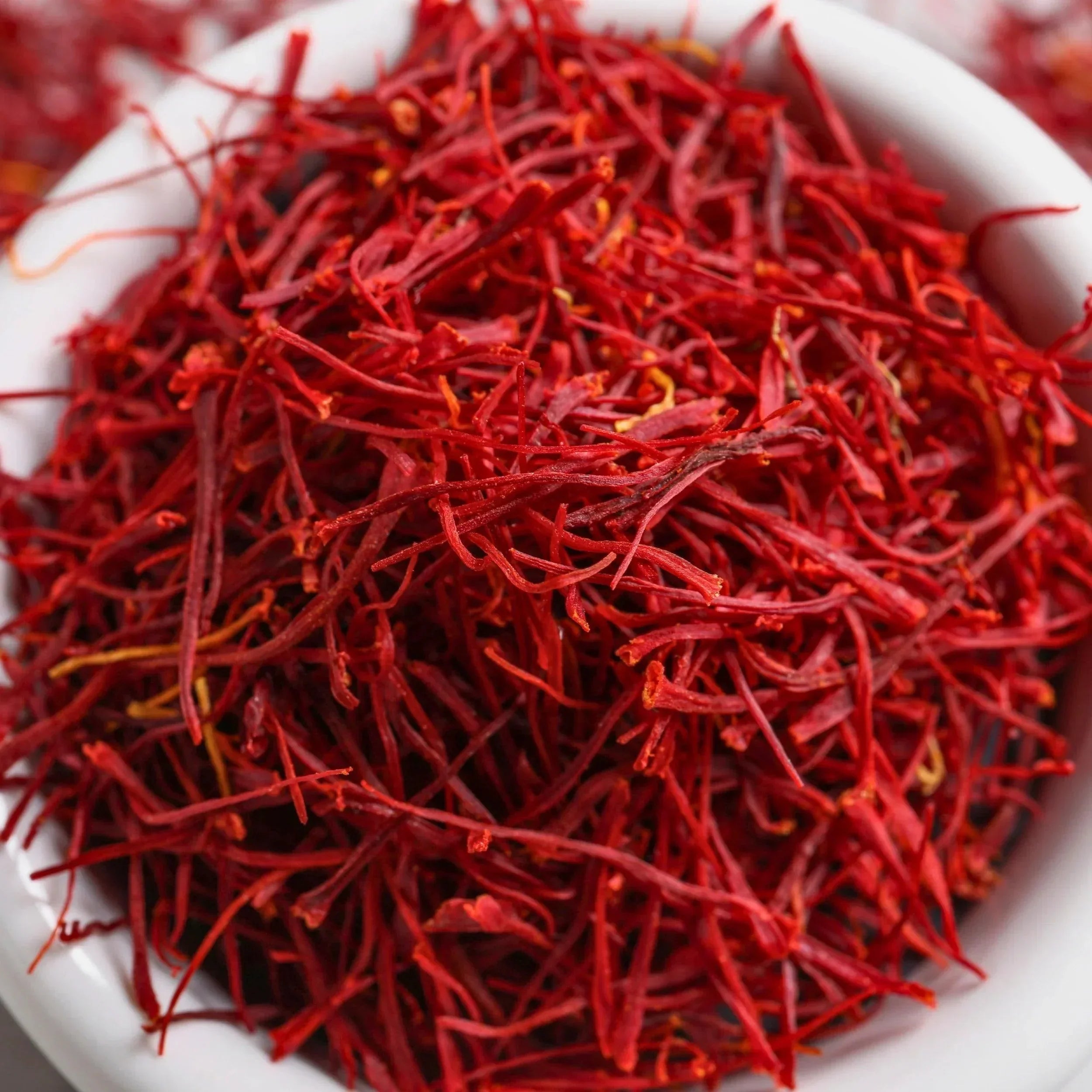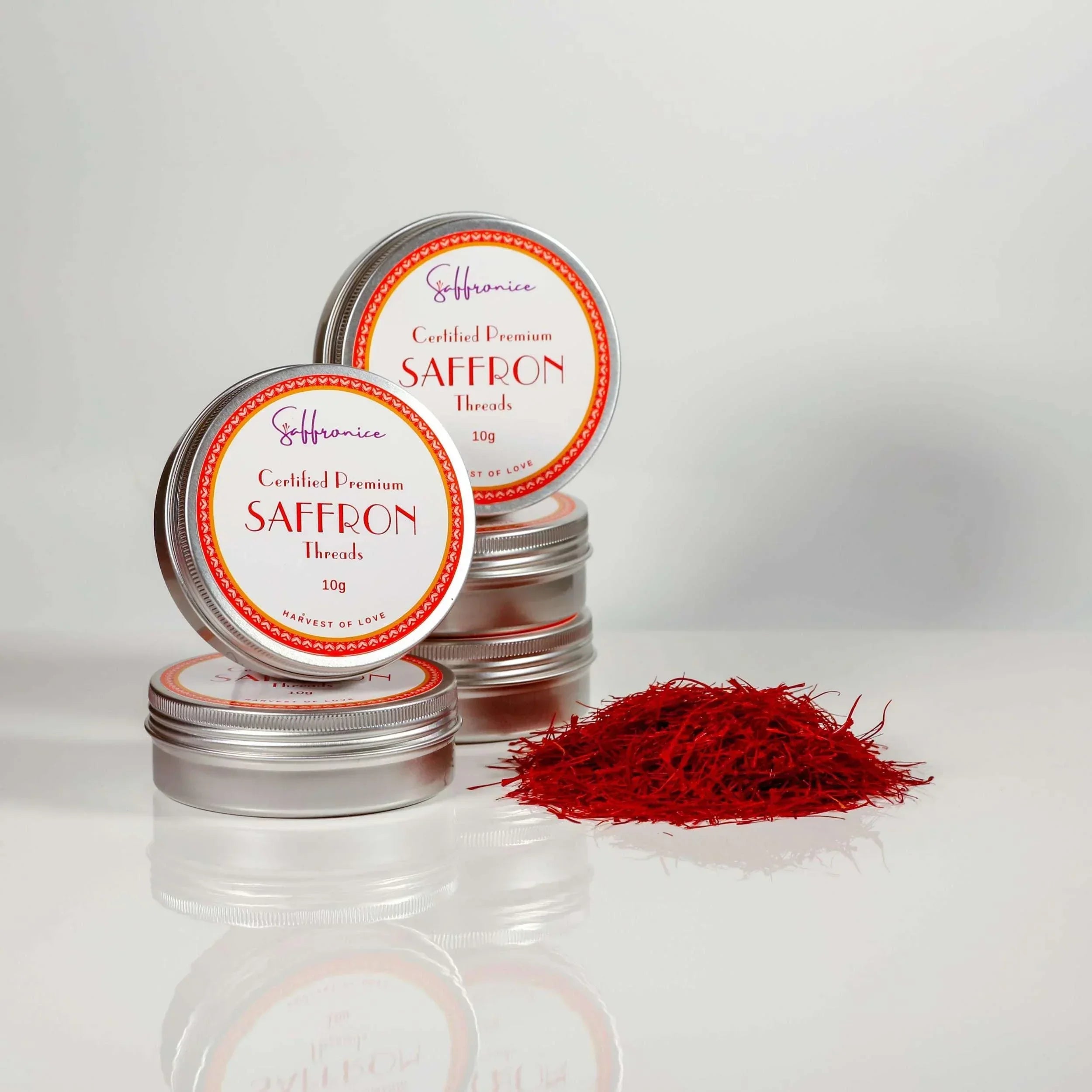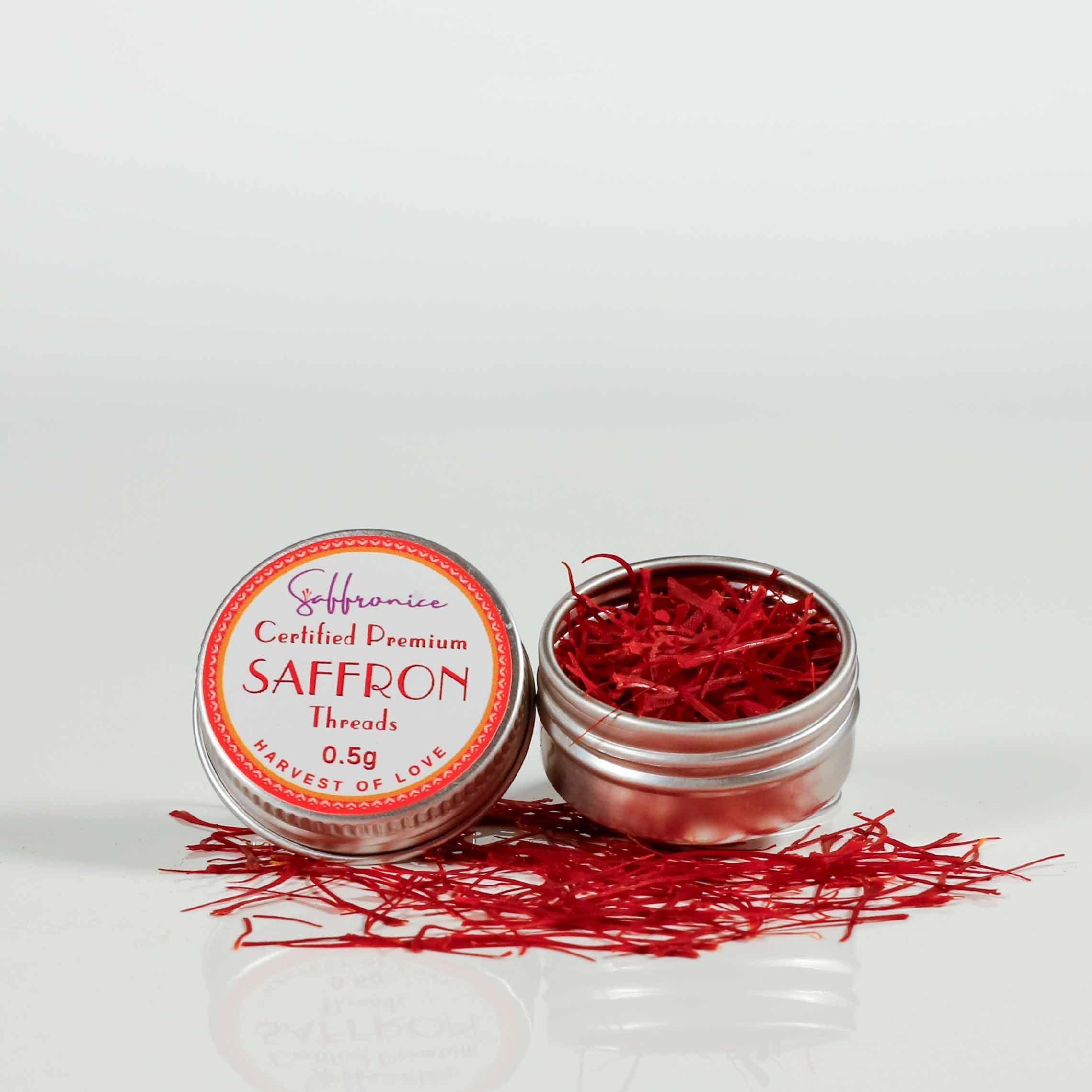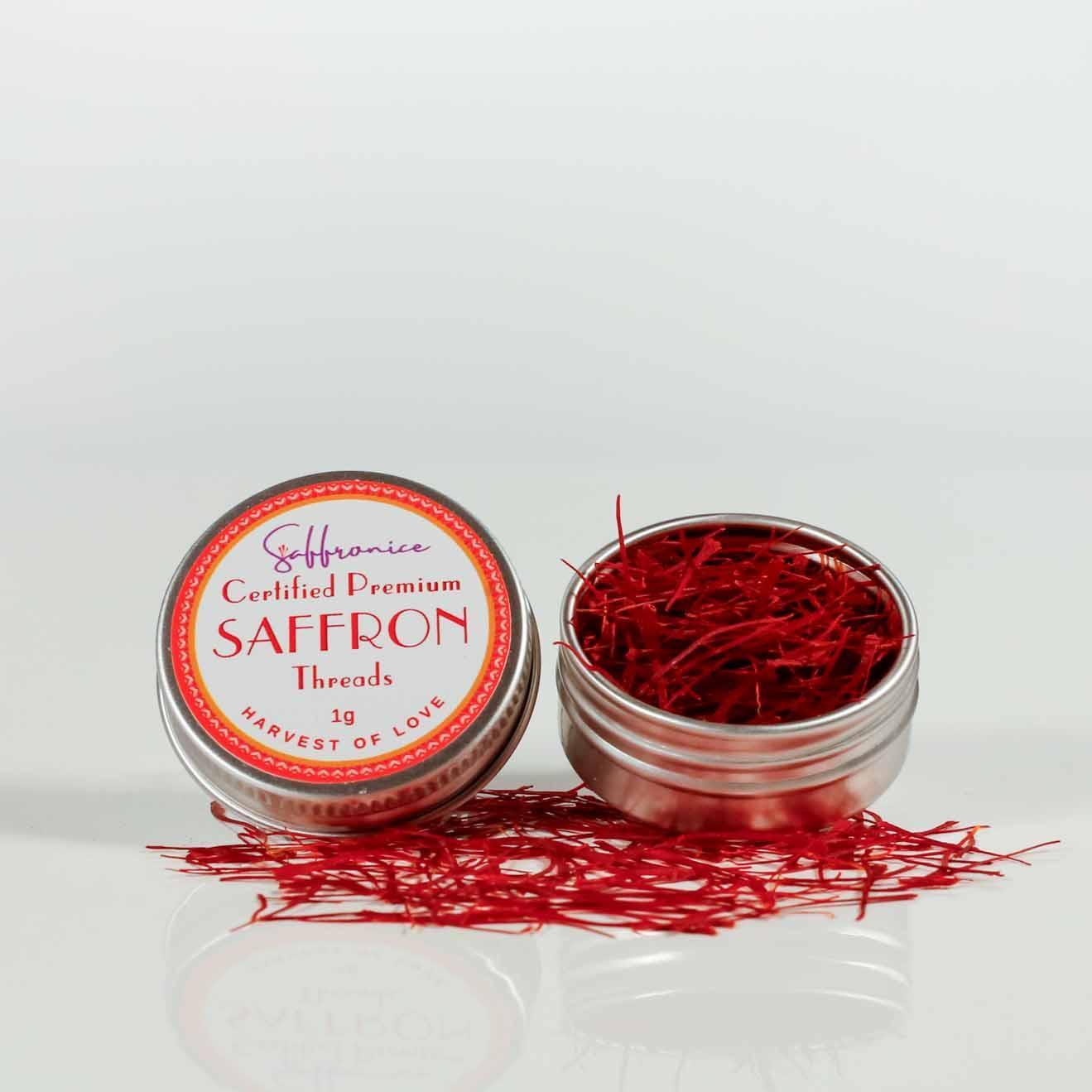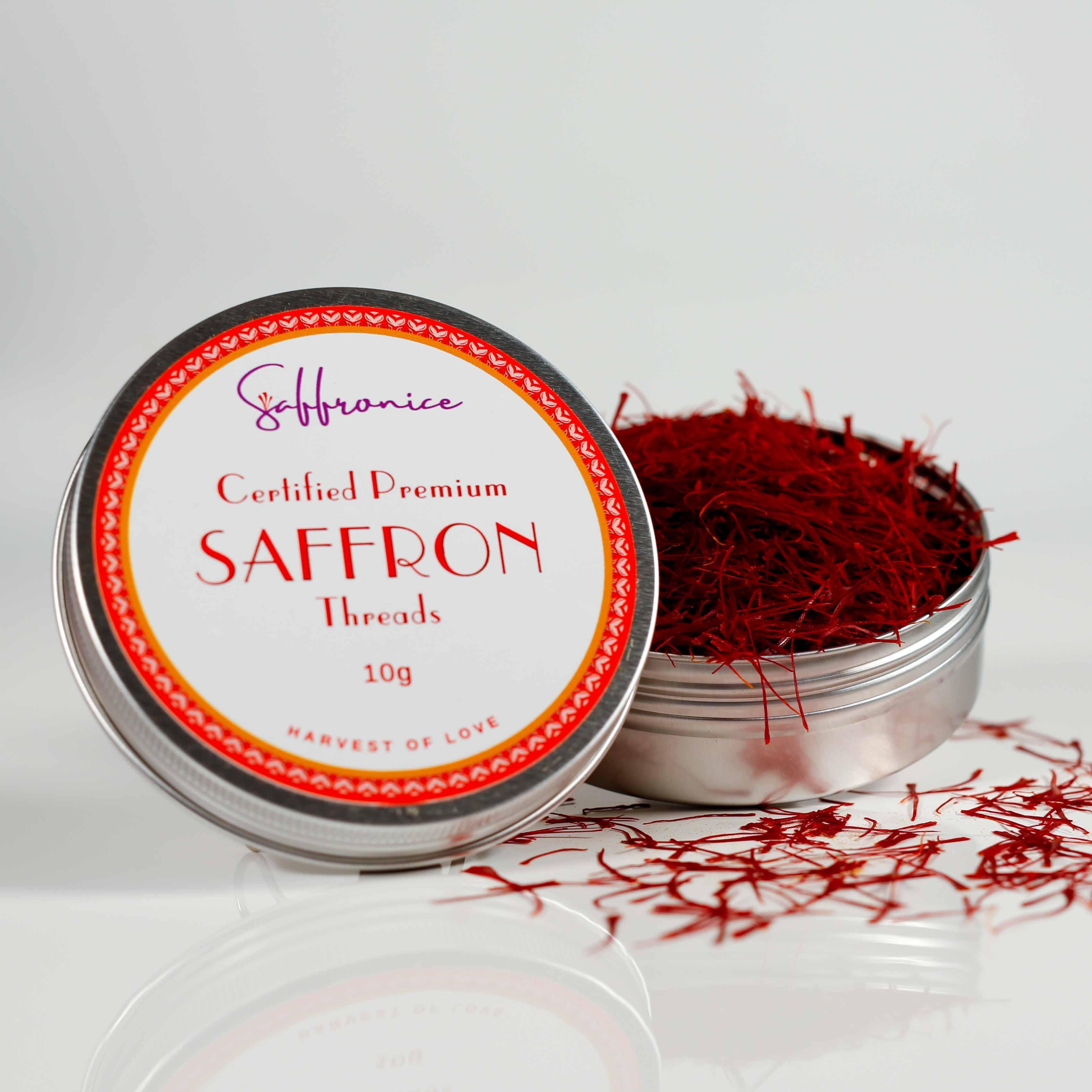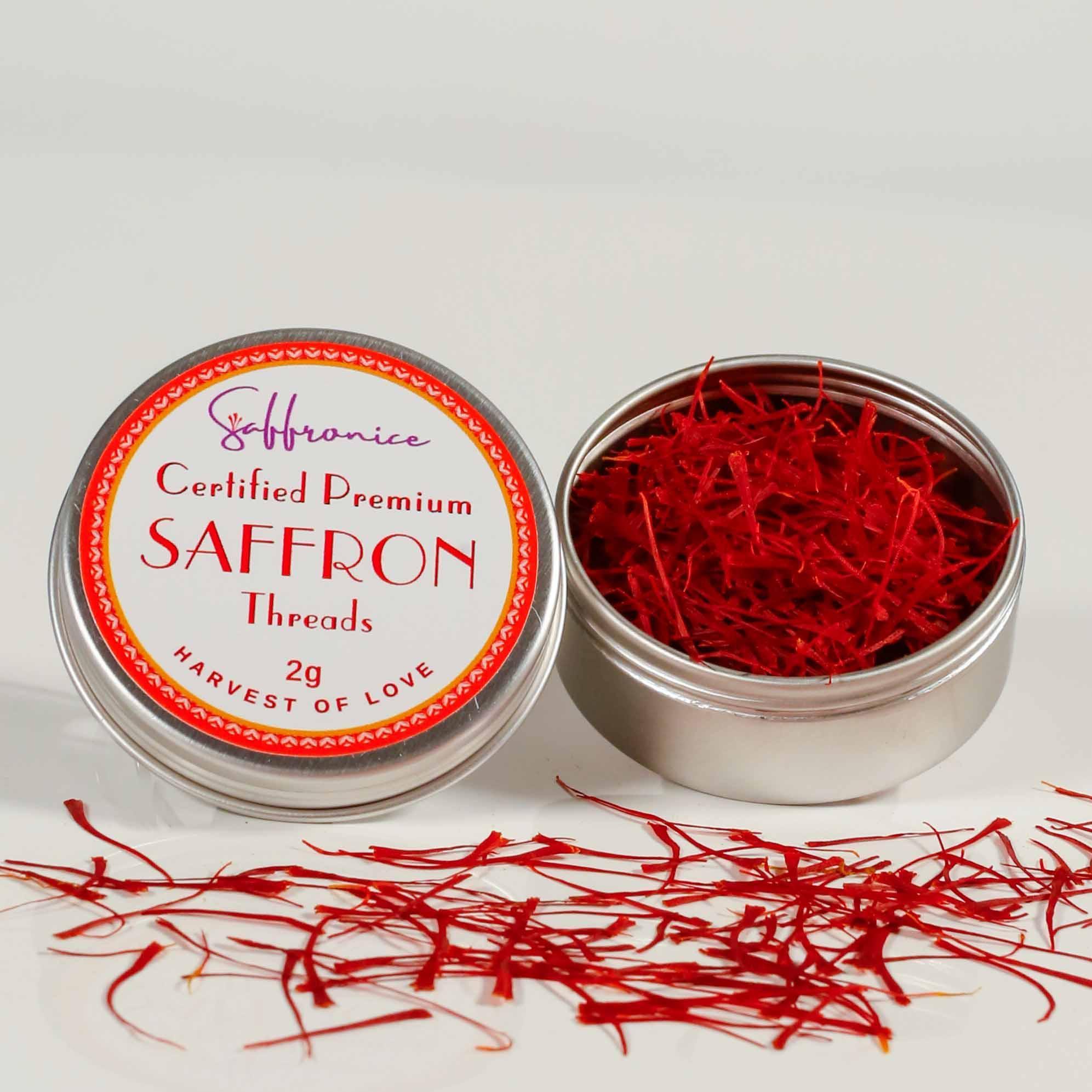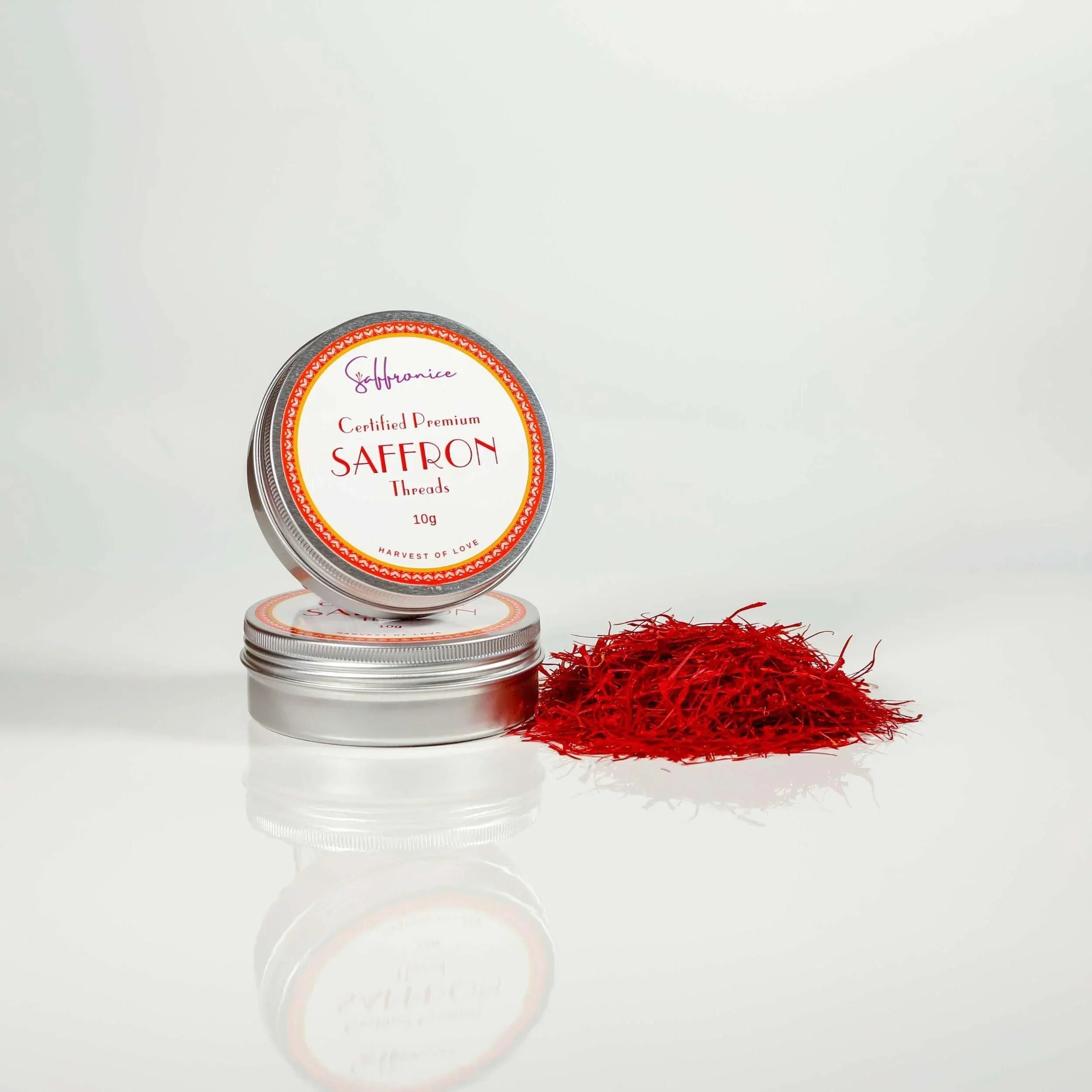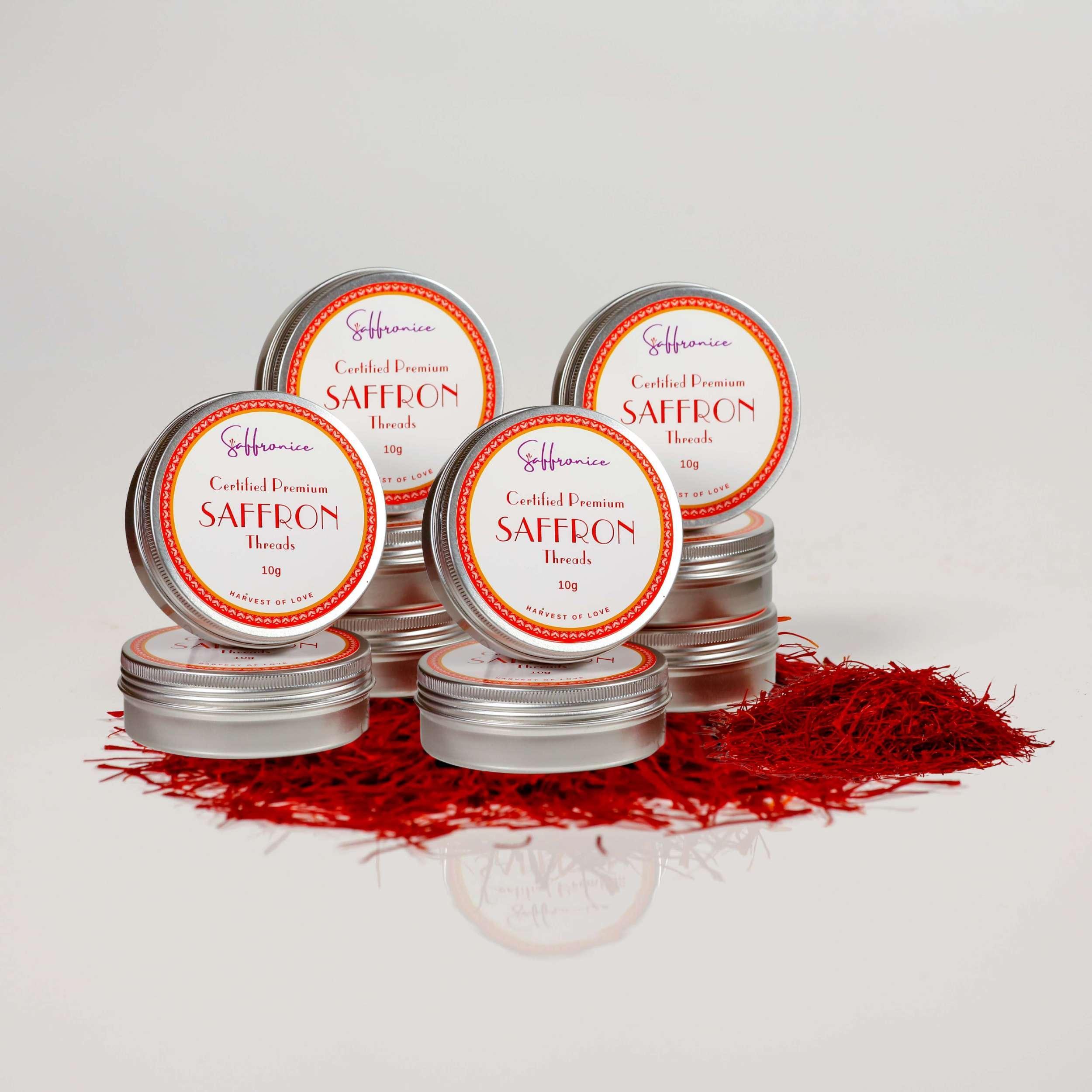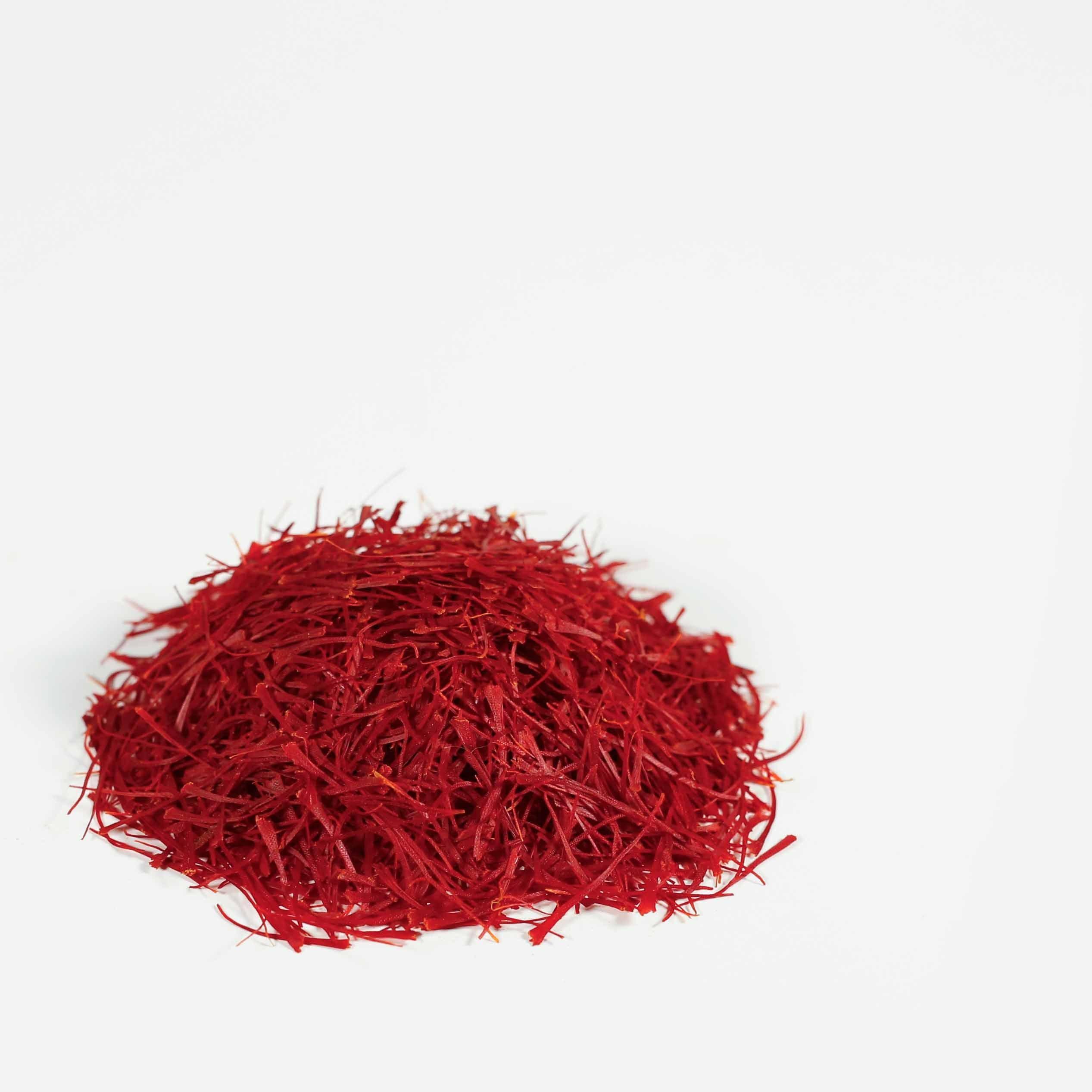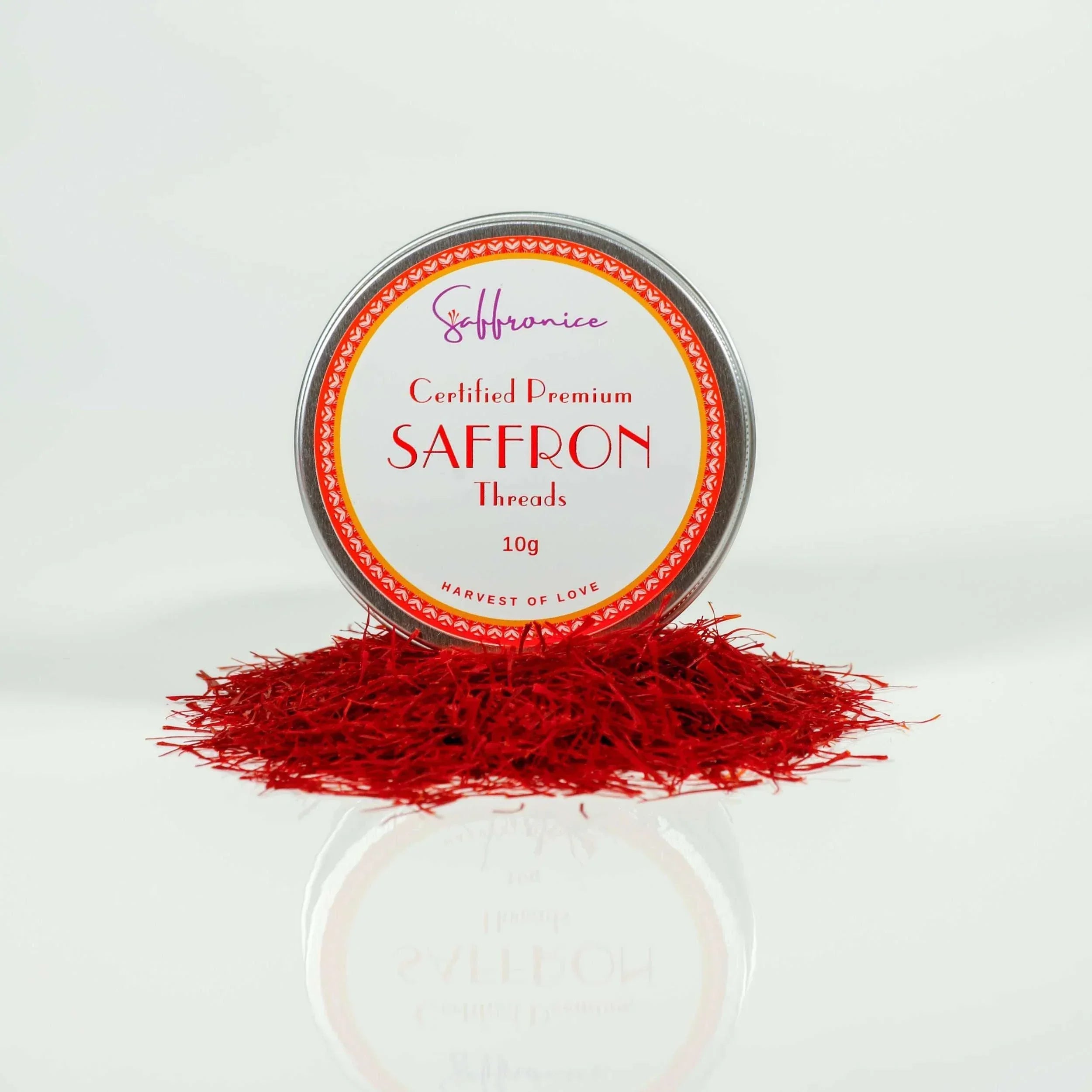The Allure of Red Gold
In the sun-drenched fields of La Mancha, Spain, the scent of saffron blossoms wafts through the air. This region, with its picturesque landscapes and centuries-old traditions, is a small but significant player in the world’s saffron production. Known as "red gold," saffron is not just a spice but a symbol of culinary excellence, valued for its deep red threads that add a distinctive flavor, aroma, and color to dishes.
While La Mancha produces less than 500 kilograms of saffron annually, and at a quality that is considered B grade at best, Iran dominates the market with its annual production of 500+ tons, accounting for 95% of the world's saffron supply. Iranian saffron is renowned for its superior quality, making it the most coveted and expensive variety on the market.

The Deceptive Operation: How the Scam Unfolded
It started in early 2019—rumors of odd saffron sales and whispers among the farmers of La Mancha. The usual joy of harvest time was tinged with unease as discrepancies in saffron quality and pricing began to emerge. Consumers were complaining that the saffron they purchased did not have the usual robust aroma and vibrant color they expected from La Mancha saffron.
The Spanish authorities, noticing these irregularities, decided to delve deeper. Partnering with Europol, they initiated a covert investigation into the saffron trade. This was no small task, as the saffron market is vast and complex, spanning multiple countries and involving numerous players. The investigation team, composed of seasoned detectives and undercover agents, knew they were up against a formidable adversary.

The Iranian Connection
As the investigation progressed, a pattern began to emerge. Large quantities of saffron were being imported from Iran. The saffron from Iran was genuine and of high quality, but investigators suspected it was being adulterated and passed off as the more exclusive La Mancha variety. This discovery led the investigators to suspect that the imported saffron was being mixed with other substances to create a counterfeit product.

The Secret Workshop
The key figures behind this operation were not your typical criminals. They were well-organized and well-funded, with connections spanning across Europe. They had set up an intricate network for importing the Iranian saffron and then mixing it with other substances to create a counterfeit product that closely resembled the authentic La Mancha saffron. The gang’s operations were highly secretive, making it difficult for the authorities to gather concrete evidence.
The turning point in the investigation came when an undercover agent managed to infiltrate the gang. Through meticulous surveillance and intelligence gathering, the authorities discovered an illegal workshop located on the outskirts of Madrid. This workshop was equipped with sophisticated machinery for processing, dyeing, and packaging saffron. Here, the criminals mixed the Iranian saffron with various herbs, flower debris, and even banned colorants to enhance its appearance.

Crafting the Perfect Scam
The counterfeiting process was both meticulous and audacious. The gang members worked with precision, ensuring that the counterfeit saffron closely mimicked the genuine product in appearance. They even went so far as to produce fraudulent PDO certificates, which they attached to the packages, further deceiving consumers and distributors.

The Financial Web: Laundering Millions
While the physical counterfeiting of saffron was a major part of the operation, the financial aspect of the scam was equally complex. The criminals used a Spanish company as a front to launder their profits. This company pretended to purchase the adulterated saffron, thereby legitimizing the transactions. The money was then moved through a labyrinth of bank transfers across the European Union, making it extremely challenging for the authorities to trace the funds back to their source.
The gang’s financial acumen was impressive. They exploited loopholes in the banking system and used sophisticated methods to cover their tracks. The authorities had to meticulously analyze over 200 bank accounts to understand the full scope of the financial operations.

Operation Golden Harvest
After two years of relentless investigation, the authorities finally gathered enough evidence to make their move. The operation, code-named "Golden Harvest," was launched with simultaneous raids across multiple locations in Spain and other European countries. The raids were conducted with military precision, catching the criminals off guard.
The evidence seized during the raids was staggering. Nearly half a ton of saffron threads, more than two tons of Iranian saffron, sophisticated machinery for counterfeiting, luxury cars, jewelry, and a significant amount of cash were confiscated. The scale of the operation was far greater than initially anticipated, revealing the true extent of the gang’s activities.

The Trial of the Century
The bust was a significant victory for the authorities, but it also marked the beginning of a new phase in the investigation. The arrested individuals faced a litany of charges, including money laundering, smuggling, tax fraud, and public health offenses. The legal proceedings were closely followed by the media, and the public eagerly awaited justice to be served.
The courtroom was packed as the trial began. The prosecution presented a mountain of evidence, meticulously detailing the gang’s operations and the harm caused to the saffron industry. The defense tried to downplay the charges, arguing that the imported saffron was genuine and that the adulteration was minimal. However, the evidence was overwhelming, and the defendants struggled to refute the allegations.

The Aftermath: A Market in Turmoil
The impact of the scam on the saffron industry was profound. Legitimate producers in La Mancha saw their livelihoods threatened as counterfeit saffron flooded the market, driving down prices and tarnishing the reputation of genuine La Mancha saffron. Farmers who had dedicated their lives to cultivating this precious spice felt betrayed and disheartened.
Consumers, too, were affected. Many had unknowingly purchased counterfeit saffron, believing it to be the real deal. The scandal eroded trust in the market, and people became wary of buying saffron, fearing they might be duped again.

Justice Served
The trial concluded with the conviction of all 17 individuals involved in the scam. The sentences handed down were severe, reflecting the gravity of their crimes. The ringleaders received lengthy prison sentences, while others were fined heavily and banned from engaging in the food industry.
The legal victory was a testament to the dedication and perseverance of the investigators and prosecutors. It sent a strong message that food fraud would not be tolerated and that those who engage in such activities would be held accountable.

Rebuilding Trust
In the aftermath of the scandal, the saffron industry in La Mancha began the arduous process of rebuilding trust. Producers introduced stricter quality control measures and transparency initiatives to assure consumers of the authenticity of their products. The government also implemented new regulations to prevent future fraud and protect the integrity of the saffron market.
Educational campaigns were launched to inform consumers about the characteristics of genuine saffron and how to identify counterfeit products. Slowly but surely, trust began to be restored, and the demand for La Mancha saffron rebounded.
A Cautionary Tale
The great saffron scam of 2021 was a stark reminder of the lengths to which criminals would go to exploit lucrative markets. It underscored the need for vigilance, both among consumers and regulators, to protect the authenticity and quality of food products. The scandal also highlighted the importance of international cooperation in tackling food fraud, as the network spanned multiple countries and involved intricate financial maneuvers.
Despite the setback, the allure of saffron remained undiminished. The lessons learned from the scandal would ensure that the golden spice retained its rightful place as a symbol of purity and excellence. As the saffron industry emerged stronger and more resilient, it was clear that the true essence of saffron could not be tarnished by deceit.
In the end, the great saffron scam served as a cautionary tale and a catalyst for positive change. It reinforced the importance of authenticity, quality, and trust in the world of culinary treasures, ensuring that the golden threads of saffron continued to enchant and delight for generations to come.


